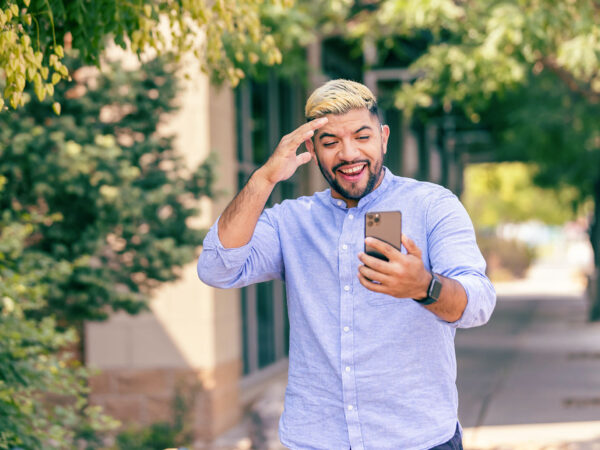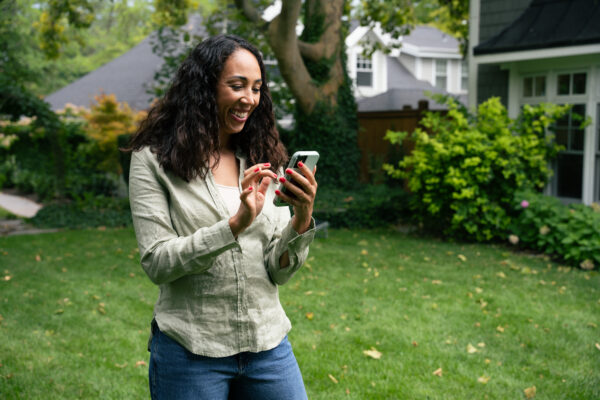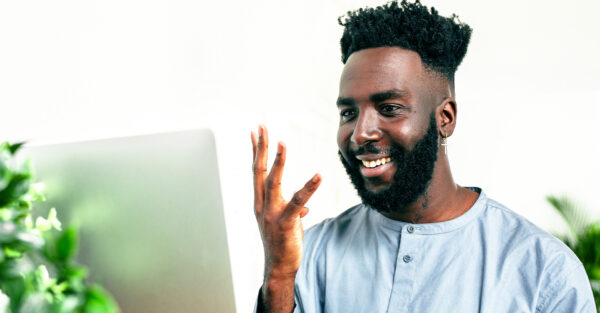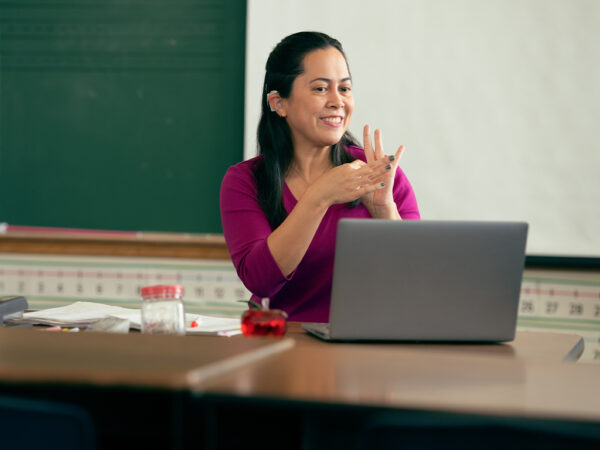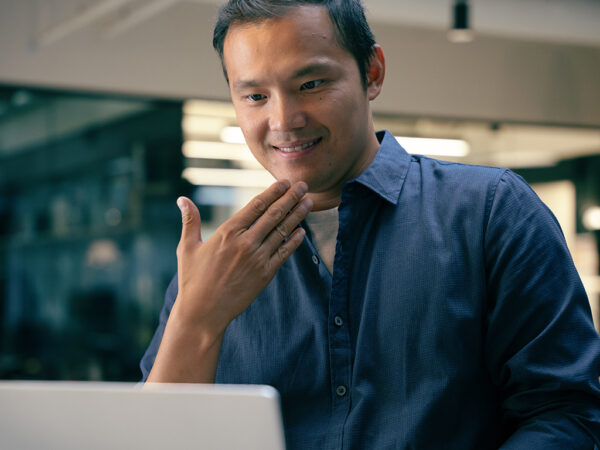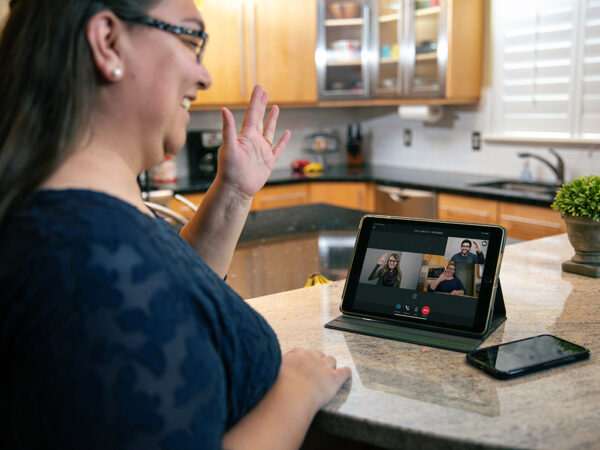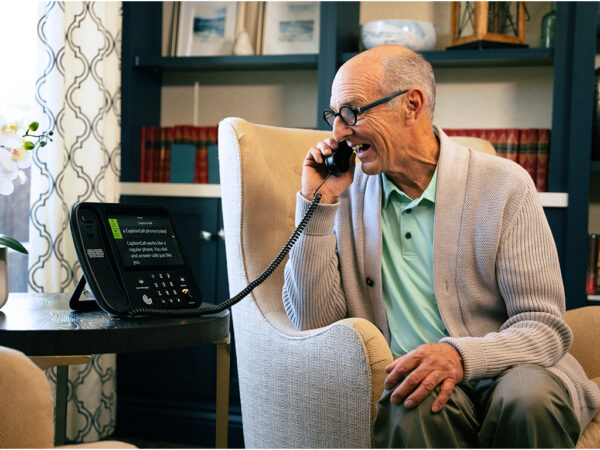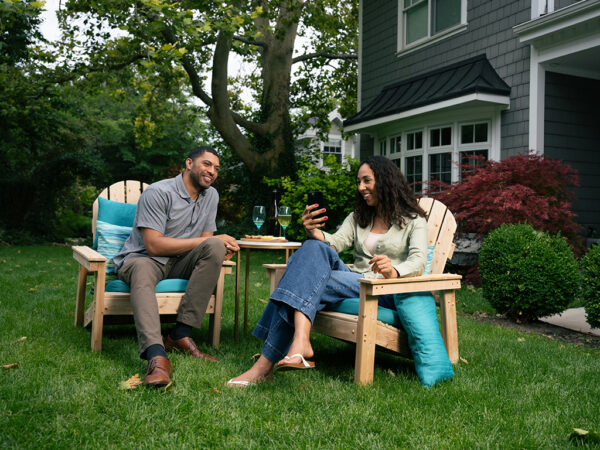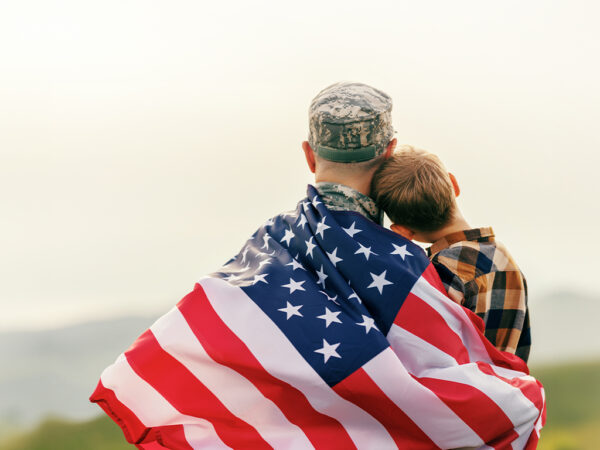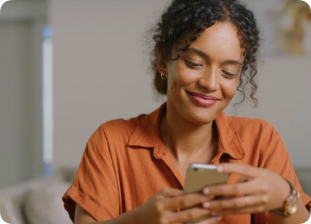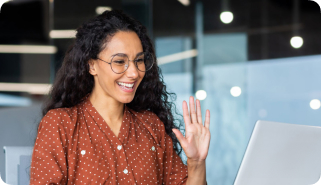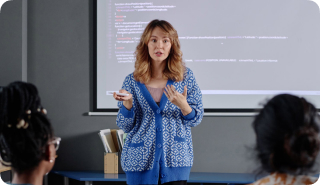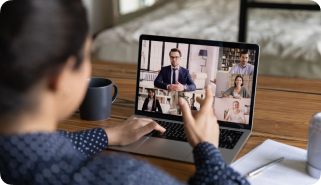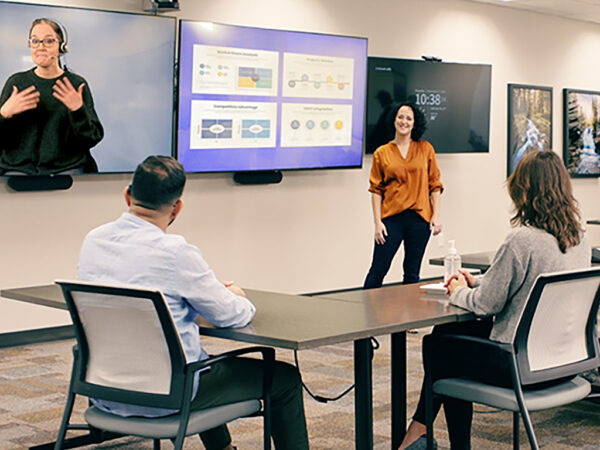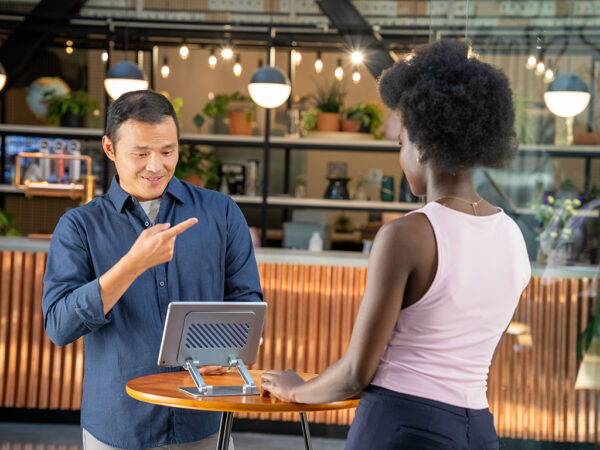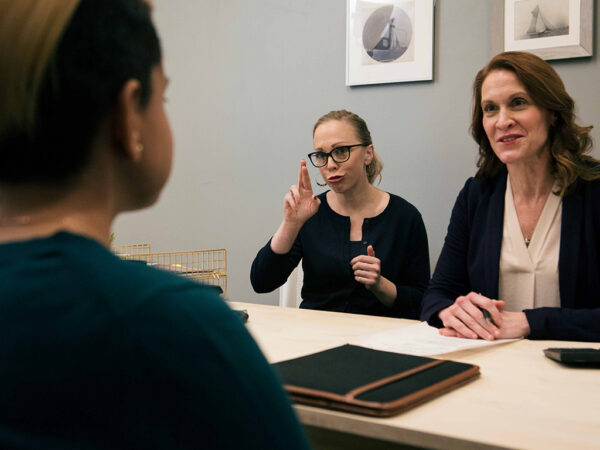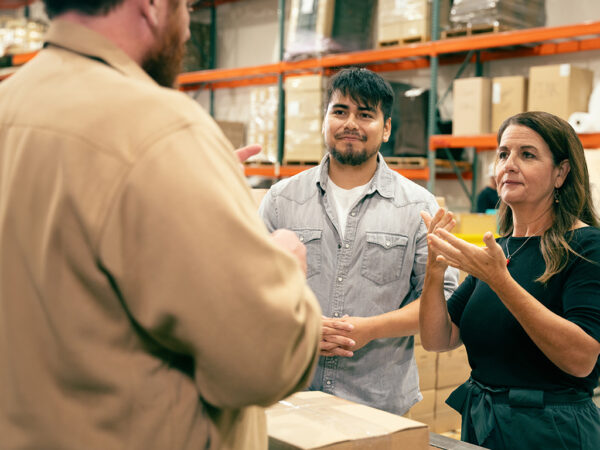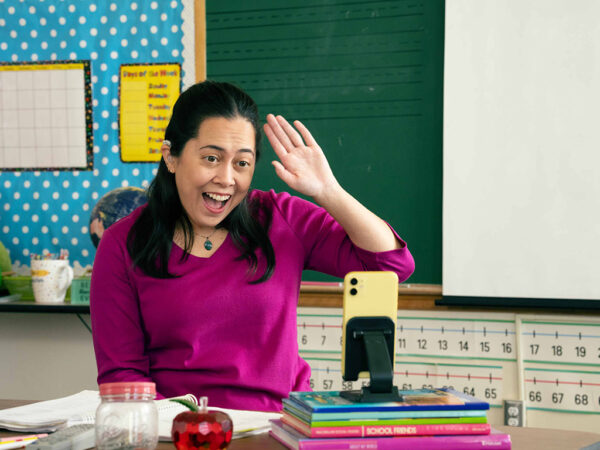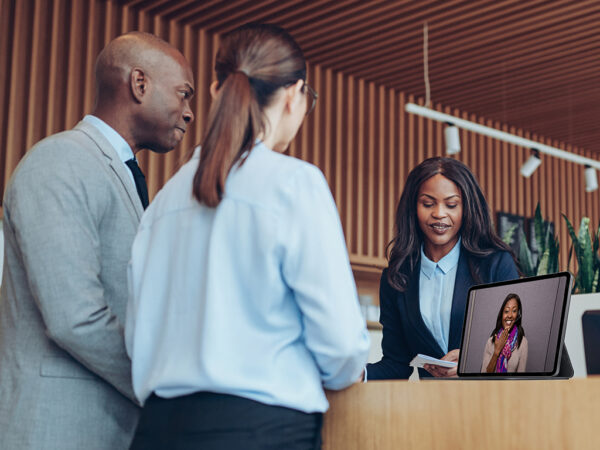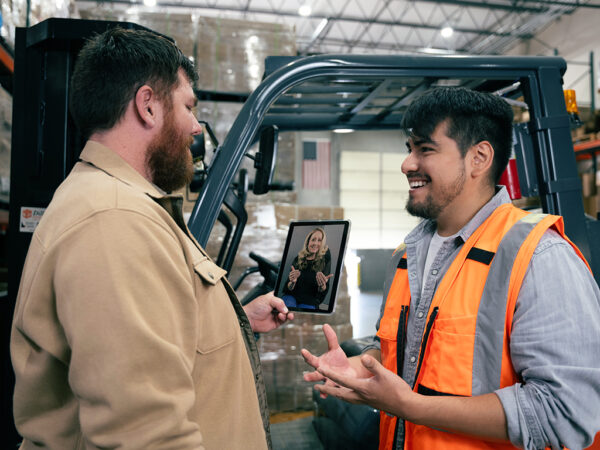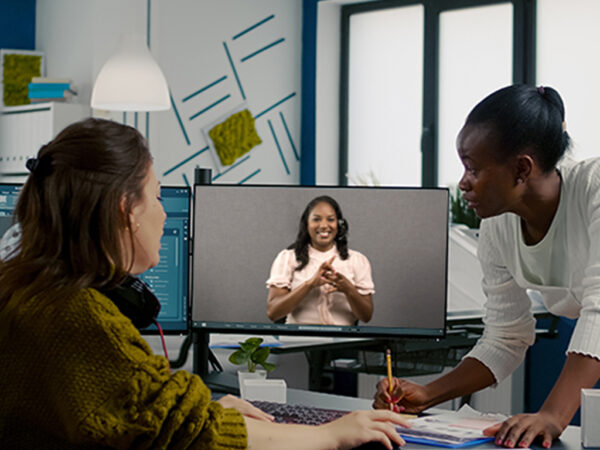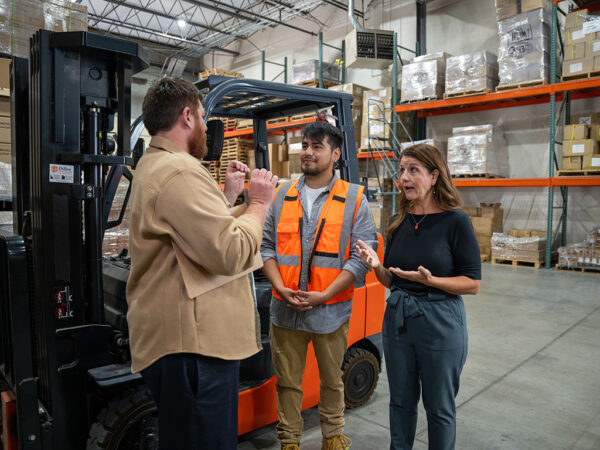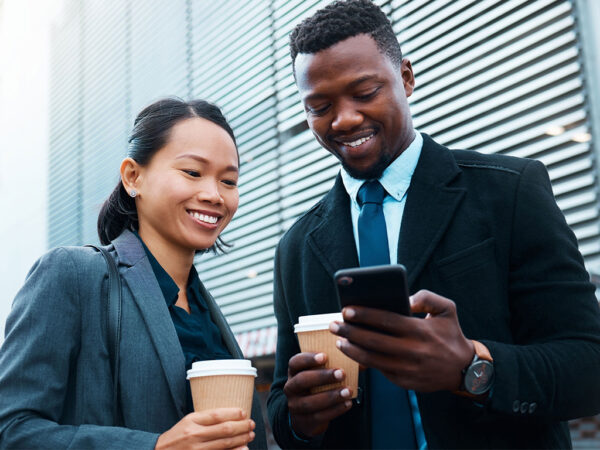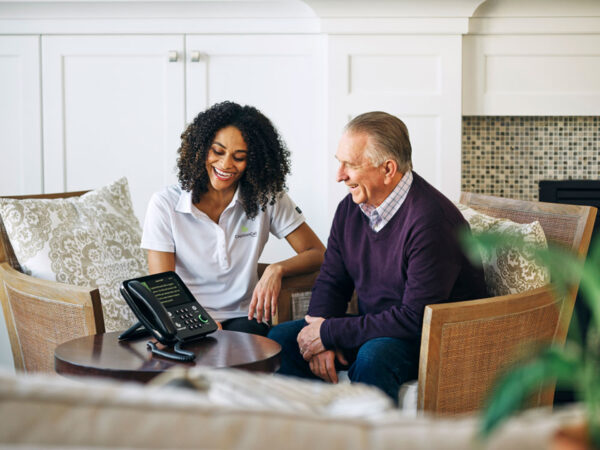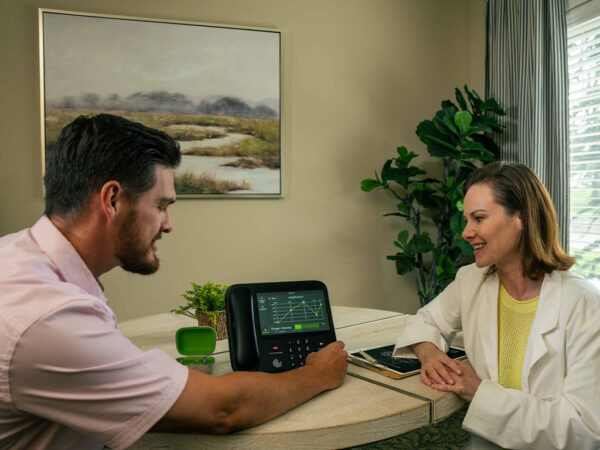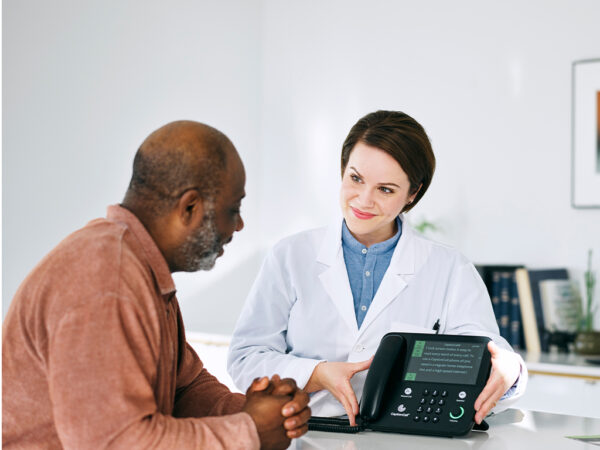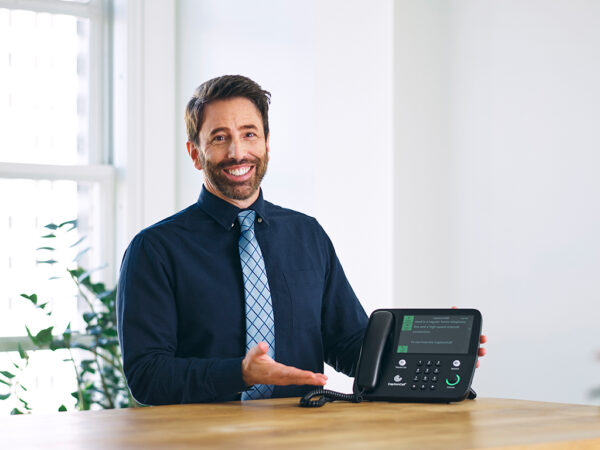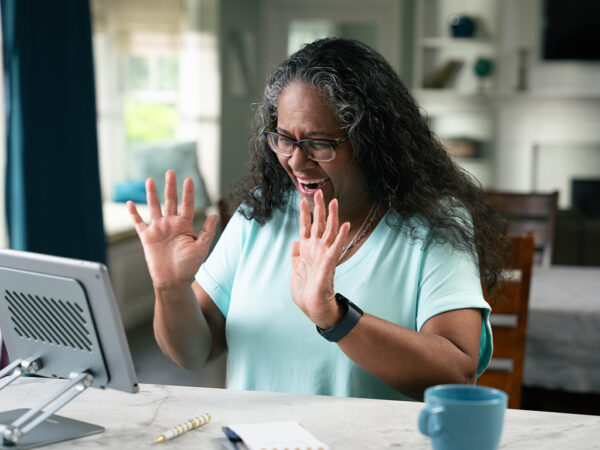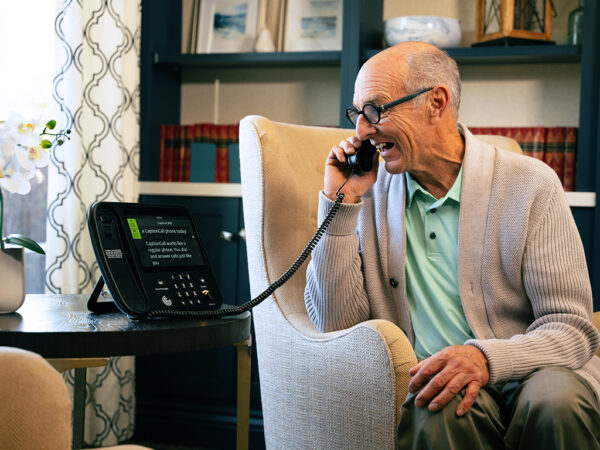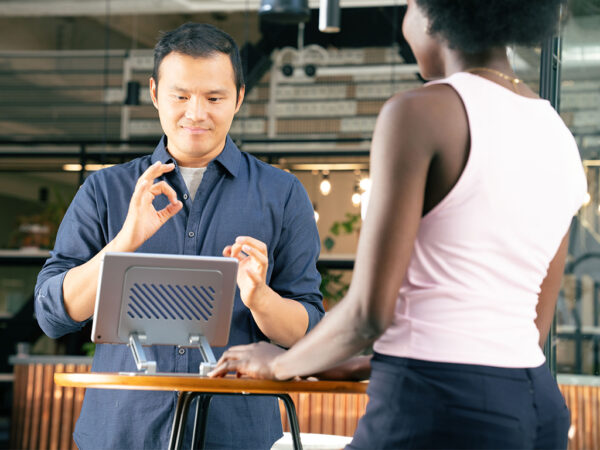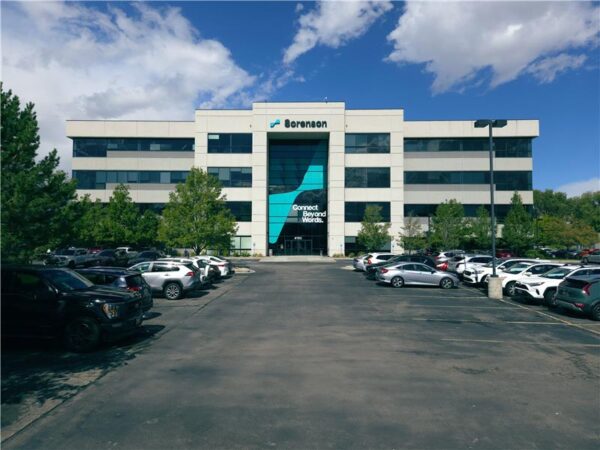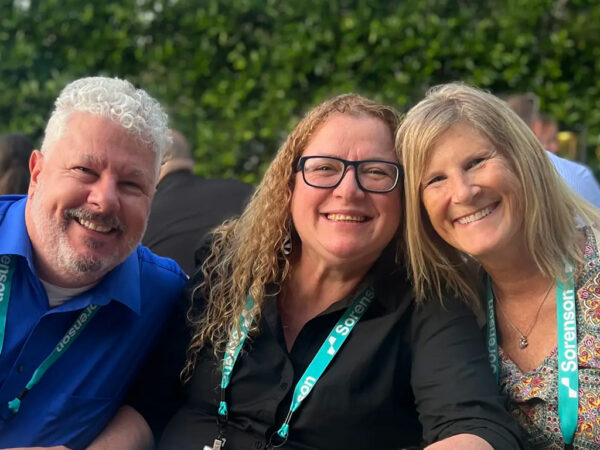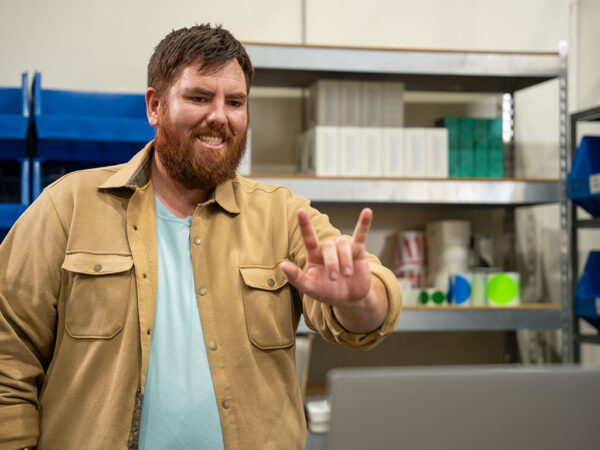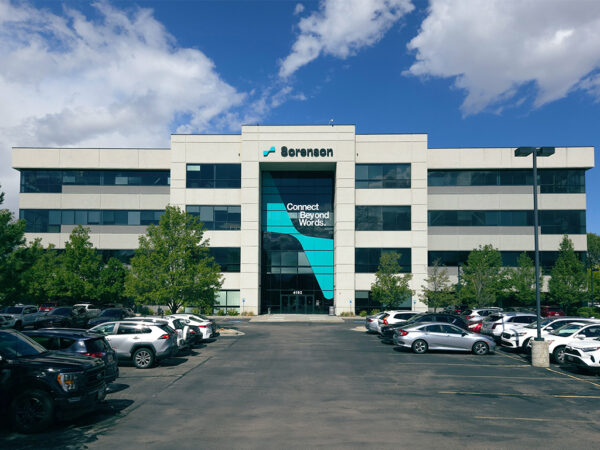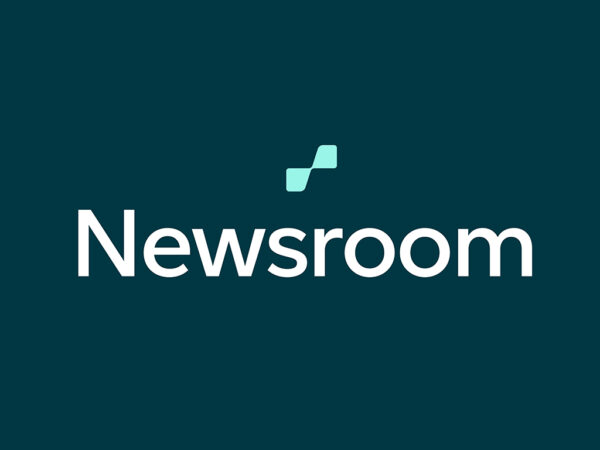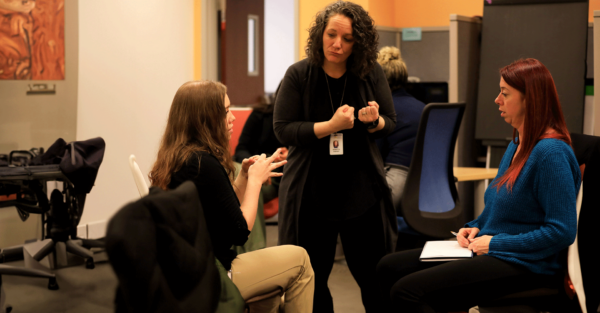Sorenson Community Spotlight: Joel Barish

Joel Barish has met Deaf people all over the world as he travels — 105 countries, wow! — and has seen them in different circumstances. He brings these experiences home to share with everyone through his “Coffee with Joel” and “No Barriers with Joel” videos.
When he visited Salt Lake City, UT recently, Joel stopped by Sorenson headquarters. We were fortunate to get some time with him to talk in person about his videos, what it means to be deaf today compared to 20+ years ago, deaf-related technology, and modern challenges and opportunities as deaf people.
And, yes, we also talked about the impact of DeafNation: on showcasing deaf innovation, Deaf culture, and deaf awareness, especially among hearing family members.
Joel shared some images of his travels:
Related articles
Deaf Community
News
News and updates about Sorenson VRS products and features and the Deaf community
Hearing Health Providers News
Hearing loss news and trends for hearing health professionals
Hard-of-Hearing
News
News and updates about living well with hearing loss and getting the most out of CaptionCall and CaptionCall Mobile

No Value (acf:field_67911dacbb423)
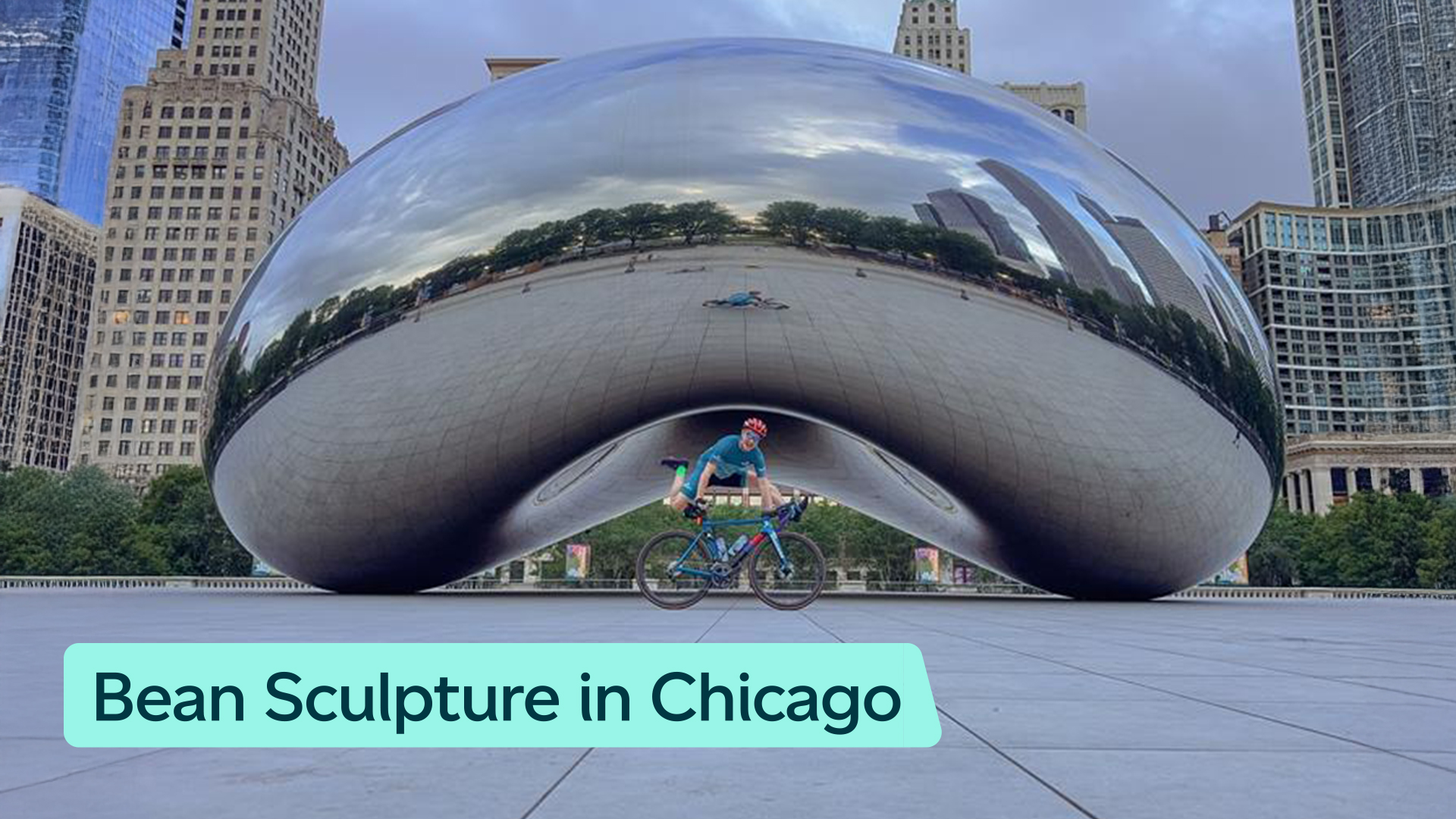

No Value (acf:field_67911d8bbb421)
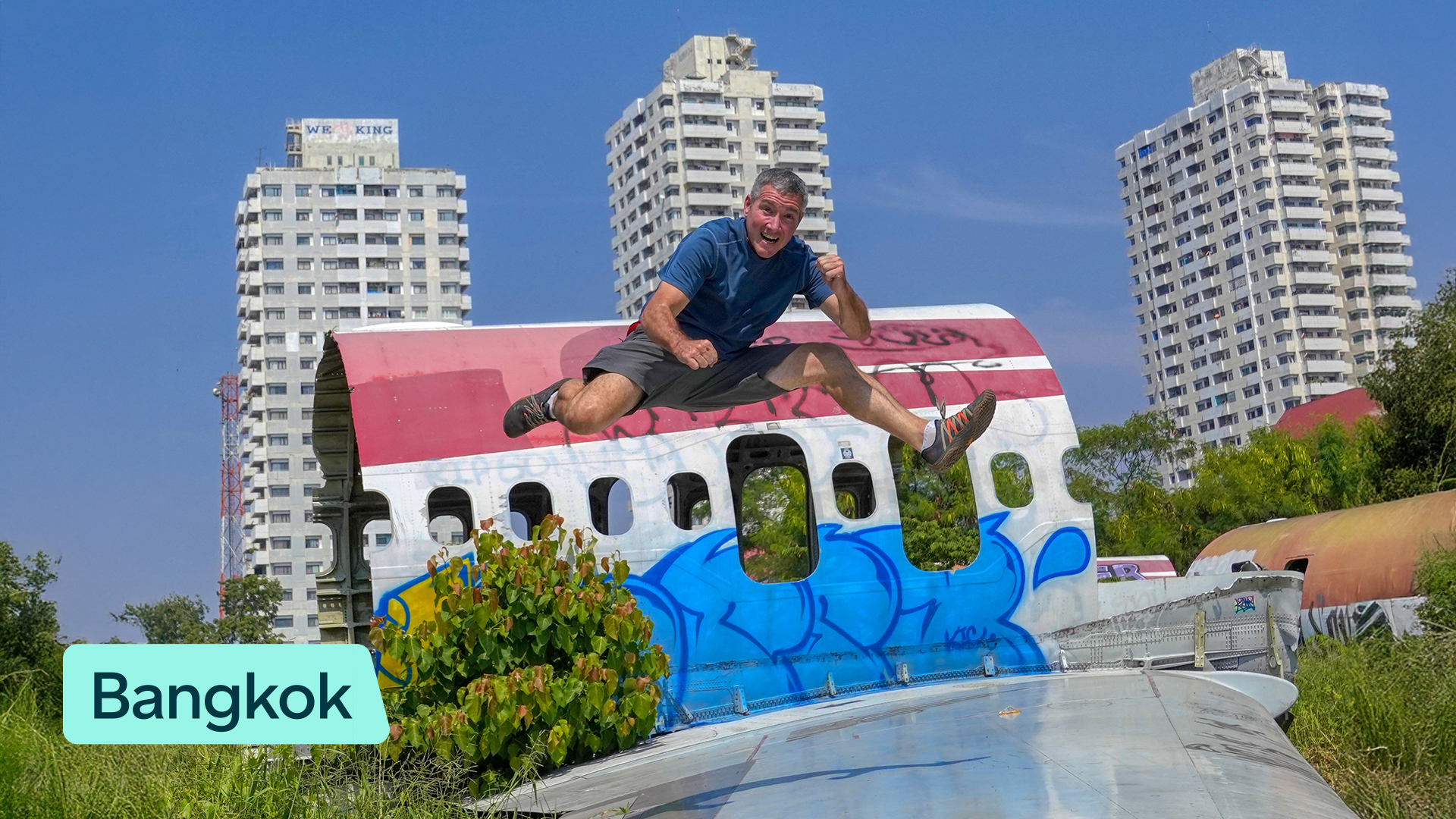

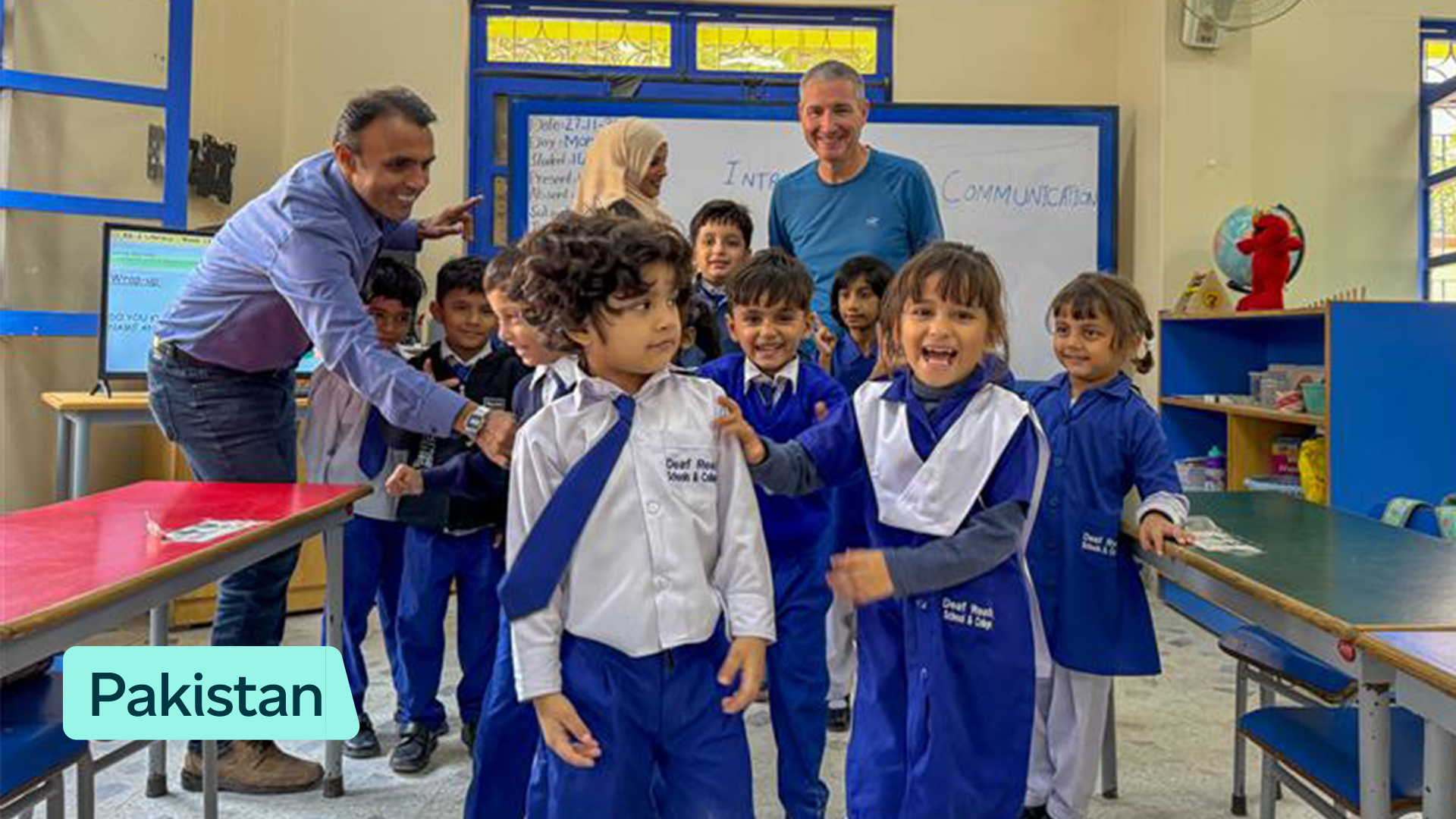
TRANSCRIPT
Brooke
Hi, Joel. Oh, wow.
Joel
Happy to be here.
Brooke
We’re so excited to have you here today at Sorenson. You know, when Sorenson was founded, you founded your company around the same time. Would you mind going into your experience and how you’ve seen technology change over time?
Experience with DeafNation and evolution of technology
Joel
Yeah, sure. My brother, Jed, and I established DeafNation in 2003, and Sorenson came about at the same time. And that really was the budding of technology in the VRS industry. Plus many jobs for Deaf people. The industry grew the same time. I mean, literally getting chills here. It’s been 22 years and it’s gone by so fast. Like a blink of an eye.
What was really fast was the evolution of technology. My brother and I were trying to figure out free access similar to the concept of shopping malls. If you go into a mall, do you pay, for example, a $5 entry fee? They never do that. My brother and I thought, why not set up a place where deaf-owned businesses as well as hearing businesses that provided products and services to the deaf and hard-of-hearing could come.
So imagine a deaf child coming with his parents into an event like this. And a lot of them really are taken back by all of the Deaf people around them. But getting hit with a $5 entry fee right at the very beginning didn’t make sense. So we decided to use the vendors payments to pay for rent for the buildings and the spaces. There’s no free lunch in the world, so that would help cover those expenses.
There I remember a couple hearing parents that came. My brother speaks well, and I asked him, “hey, what were they talking about?” They were just so taken back at how quiet it was. Also they realized we were deaf and running a business. Yeah, we took them around and they really were seeing that their child could be like all the rest of these people they were seeing. Now, my brother and I have been on fire ever since that.
Face-to-face vs online
Joel
I grew up seeing deaf clubs, movies, events, and meetings, and it was always a full house. Everything was discussed there. In 2003, when we started DeafNation, we saw people excited to see each other. It was better than the newspaper. There wasn’t the internet and texting that we have today. In 2024, we had that technology, but it wasn’t as exciting as seeing each other face to face. Some people thought face to face would go away. DeafNation persevered. Sometimes it was challenging.
Joel’s challenges
Brooke
And what were some of those challenges?
Joel
The economy. Rising conference center prices. Our goal was to keep the cost the same, which was a challenge. And Jed and I had a great relationship with the sponsors, and they were able to keep our prices the same as prices went up.
It was really just my brother and I. We don’t have a thousand employees for overhead costs. We wanted to keep it simple. Many sponsors kept coming loyally. And many — about 10 — are like gypsies in caravans and follow me from event to event. They would have their own spaces, then we’d add in local companies.
One company said they could go to someplace like a big retail store and nothing would happen. Then DeafNation started and they got lots of people coming to their booth, whether it was a rural area or a big city. Especially ASL programs and interpreting programs. We saw all of them.
There were ten different types of people that would come together and help the sponsors, the exhibitors, and other people to look around and see others that were not just from their local space, but they’d say, like, “oh my goodness, you’re from Utah, right?” Many people think Salt Lake City is a small city, but it’s actually huge.
So my brother and I built a bridge between the deaf and hearing communities in that way, because there’s only one world. Even if people are empathic and proud of their community, there’s still just a single earth. It’s not like there’s separate places for each of these communities to live. So having to look at it that way and realizing we’re all working in the same world, we have to figure out how to work together, whether it’s through technological things, through education, through corporations.
I’m happy to see deaf people have jobs and are moving up in corporations as well. In the past DeafNation was much smaller. You had Sprint, which was small, then other companies like Sorenson joined us. And I asked them to make bigger booths similar to hearing trade shows. We wanted to do that so we could move to bigger exhibit halls and raise our bar to those standards, but that had an associated cost. But it helped represent well. And so when hearing people came to our events, they were really taken back.
Brooke
Wow, wow.
Joel
And then they would ask us if they could do bigger and better in the future.
Brooke
So have a little competition.
Joel
Yeah. And then so as they got bigger, we were happy. It’s kind of like they came to my house, and I got 20 rooms in my house that are all decorated. Their booths are like their homes. And so we would give them feedback. I think we’ve had 350 events. And it’s been so fun to meet people.
Brooke
I’m sure you’ve seen so many changes.
Joel
One exhibitor hasn’t missed a single event out of every one of those. Sometimes their spouse will tag team some events. Things have changed over time, just like Sorenson, I think. Technology changes, education changes. That’s life.
Joel’s other videos
Brooke
So you’ve been making your videos, Coffee with Joel and No Barriers with Joel. So tell me how that’s going.
Joel
I love film, I always have. Even prior to DeafNation, when there wasn’t internet, we had this idea of doing DVDs then sending them out. This is before 2003. But as technology came about and allowed us to be able to send things out. And it’s at a similar time that Sorenson started having videophones.
We were willing to pay for internet, which was cheap compared to now. True, $60 was expensive then. But we were willing to pay that because then we could have videoconferencing, that’s all. So that really elevated the number of people with internet in the deaf community. And DeafNation followed that wave of things that were going out technologically so deaf people could feel in touch.
Before, I read a book about Deaf people across the world. It was about 2001, and I had a person come up to me, says there is a deaf witchdoctor in Africa. And they could not believe that there were deaf people in Denmark, in Mexico. And they thought the deaf people only existed in America now. They thought it was just limited to us in the United States. And so it had a similar impact to hearing people who think that sign language is a universal language.
I’ve traveled and seen so many hearing shows with voice and wonder, where’s the sign language access? So I’ve been over to 105 different countries, so many different countries. The goal was really to film their stories, but doing so in their signs. I had to learn how to talk to them, to learn their languages. So I knew how to interact with them. But often after I’d leave, I would forget and I had to remember things as I went back to those same countries like riding a bike.
Deaf workers at Boeing
Joel
I remember visiting the Boeing factory and there was a deaf person working on the 787, which was a new airplane at the time. The world had not seen it yet. He was an engineer working on the plane. He showed me how to do the riveting he had done for 20 years.
There was another man who had worked for 25 years installing the big engines on the wings of the airplane. He had installed 1,000 engines in his lifetime. And amazingly, those engines on the airplane only have three bolts.
Brooke
Are you serious? Wow.
Joel
Yeah. I mean, you think of it. You’re sitting in a plane. There’s three bolts holding that engine to it. You know, we rely so much on that strength there. And then who put those in the 787 was a deaf individual that they trust. Yes. And people sit there comfortably reading their stuff.
Videos helping Deaf get jobs
Joel
In Canada, there was another engineer that had graduated and then tried to get a job and had failed. He remembered the video that I made. He showed it to people and said, “if I graduated and this other person can do the job, why do you think I can’t?” And I asked him what happened and he said he got the job.
So my videos often aren’t just for myself. I was doing it for a company, for VR and for other companies, other hearing companies. Yeah, it was better than a case study. This was the actual living proof of somebody being able to do their job. And they were able to get jobs. And, you know, a lot of people thinking, oh, I can’t do this and that, but look at what this person did. Fortunately, thankfully, that saved a lot of time and helped them.
And deaf children have so many more options in the past. It’s not just the post office, government, or education. It’s just open wide, wide open. Except things that require speaking. But even for that you have creative workarounds these days.
My Coffee with Joel videos are really more about us having a conversation and a chat, talking about things for 8 to 10 minutes, noticing their sign and understanding the whys behind them. Really digging into that with them.
What Joel thinks it means to be deaf today
Brooke
So what does it mean to you to be deaf in the modern day world? And how do you define that?
Joel
Well, it’s funny, I’ve been around the world as I have. I went to Malaysia, and I worked with a Malaysian that was the vice president of the tourism office, and he wanted to join me. So I flew in, they met me, and they had a sign. It was a big thing for the vice president. And he was looking around trying to figure things out, and they were talking and writing back and forth to me. And prior to that, I said, “I need to have two local Deaf individuals that you would pay instead of interpreters.” So they were with him. He couldn’t figure out where the interpreter was.
And I said, “I don’t bring an interpreter in my backpack. They don’t ride on my back.” And he was like, “okay.” They were worried about me being a one man show. I said no, I assure them I’m more like an octopus and can do all these different tasks together.
I was with them for three days. Working in the tourism office is a different perspective than what I showed them. We went to different places to eat and saw deaf people working there. His mind was absolutely blown. He had never seen something like that. You know, as a deaf individual, you know, I was born deaf. I couldn’t speak. I, you know, I’d say gibberish, maybe, but my brother Jed could speak. He could use the phone, but I couldn’t. I was completely deaf from day one and proud to be so deaf. People were afraid to be deaf, and now they’re proud of that fact. Now in 2025, many hearing people wear “deaf” shirt. They were like, “I’m hearing and I sign.” And it’s often viewed as being a cool thing, which is nice.
Sign Language is varied and beautiful
Brooke
Anything else you wanted to talk about that we haven’t discussed yet?
Joel
Well, in my travels, I’ve always been touched so much, by more and more people critiquing the way people sign certain things. And there is no right way of signing something. Everybody just signs it their own way, which is fine. I do have to mention that for me there is one exception. Some signs for “family” I don’t really like. That’s the one exception. I have one series called “World Sign Languages” with 300 videos. And I required that there was a boy and a girl on each of these videos. To sign, for example, “Japan”.
In some places, the adults wanted to do it and I said no. I wanted to empower the children and to remind the parents that you don’t have to take over. They’re going to be the ones that are going to be taking care of you someday and taking care of the world. So even Codas as well, if they enjoy sign, encourage that for their future.
I don’t want Deaf culture or sign language to disappear. I would love to see, you know, having more ASL immersion programs. I think that would benefit them so much. And I think that we could really spotlight deafness in that way.
Oh, one other thing. In my travels I went to Namibia, on the continent of Africa, they have shirts with the sign for Namibia. Hearing people will see it and recognize it. Like in America, if we sign America, do hearing people understand it? No. It’s because that’s the shape of their country. They would say, “hey, I’m Namibian,” but they would actually sign it. As I said it in America, I don’t think not very many hearing people know the sign for America. I want it to spread worldwide with everyone signing universally. It is beautiful!
Brooke
Thank you so much for taking the time to speak with us today.
END TRANSCRIPT

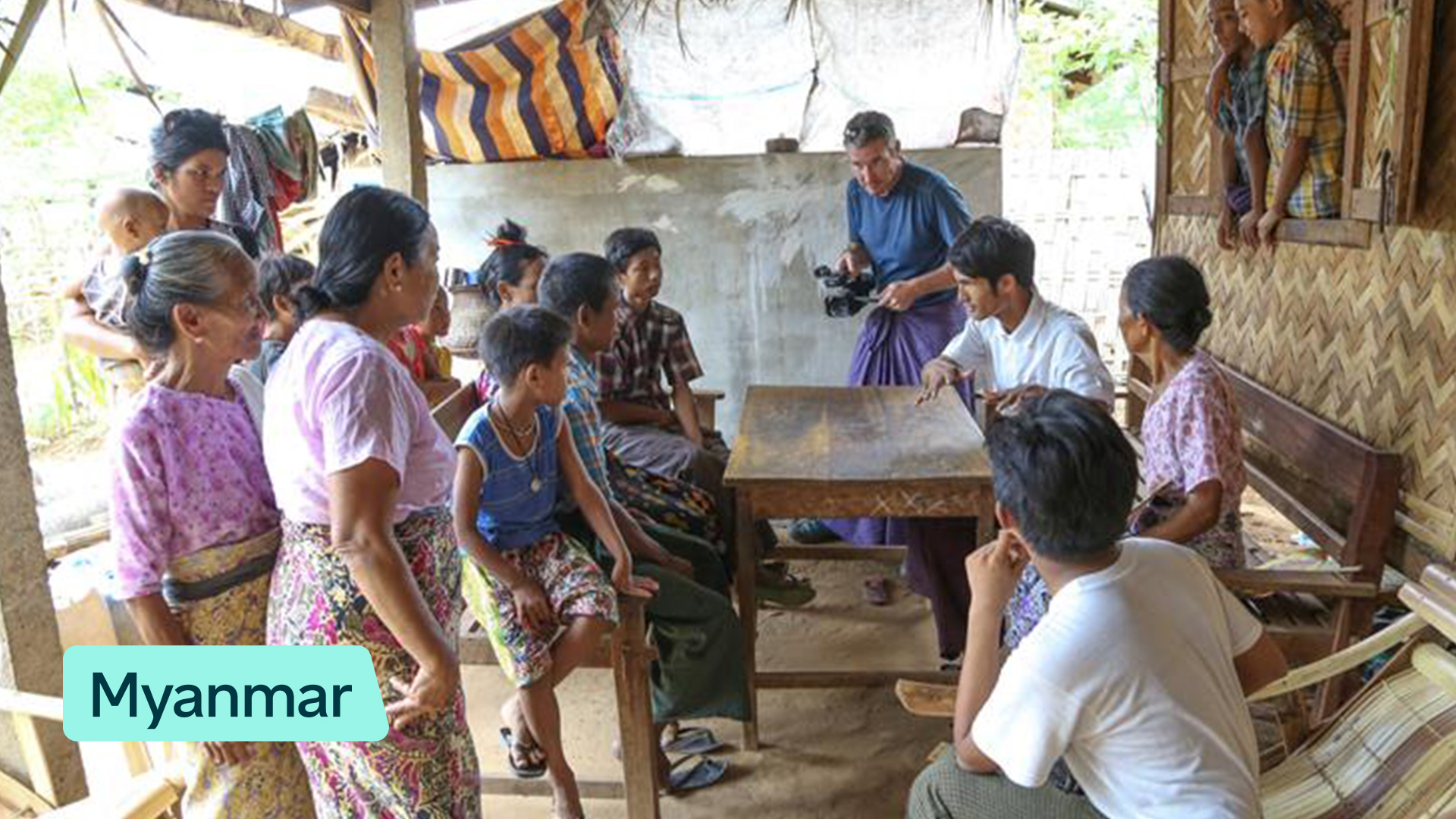
Like Joel said, Sorenson has been part of DeafNation from the very beginning. Will we see you at one of upcoming DeafNation stops or one of our other spring events?

